That fluffy white cloud walking on four legs with the perpetual grin isn’t just adorable – it’s one of the most fascinating dog breeds you’ll ever encounter. The Samoyed combines ancient working dog genetics with a modern family companion personality, creating something truly unique in the canine world. But don’t let that angelic appearance fool you; these dogs come with their own set of challenges and surprises that every potential owner needs to understand.
The Arctic Origins That Shaped Everything

The Samoyed takes its name from the Samoyedic peoples of Siberia, descending from the Nenets Herding Laika. Imagine dogs working in temperatures that would make a polar bear shiver – that’s exactly where Samoyeds thrived for thousands of years. The breed is named for the Samoyede people, a nomadic tribe that lived on the tundra of northern Russia and Siberia, near the Arctic Circle, using dogs they called bjelkiers to herd reindeer, pull sledges, and occasionally hunt bears.
What makes this history fascinating is how it shaped every aspect of the modern Samoyed. The Samoyed is truly an ancient breed, selected by nomadic tribes in Siberia to herd their reindeer and double as sled pullers when needed, originally of various colors before the sparkling white took over. These weren’t just working dogs – they were family members who literally kept their human companions warm by sleeping with them in their tents.
The Famous Samoyed Smile Has a Purpose
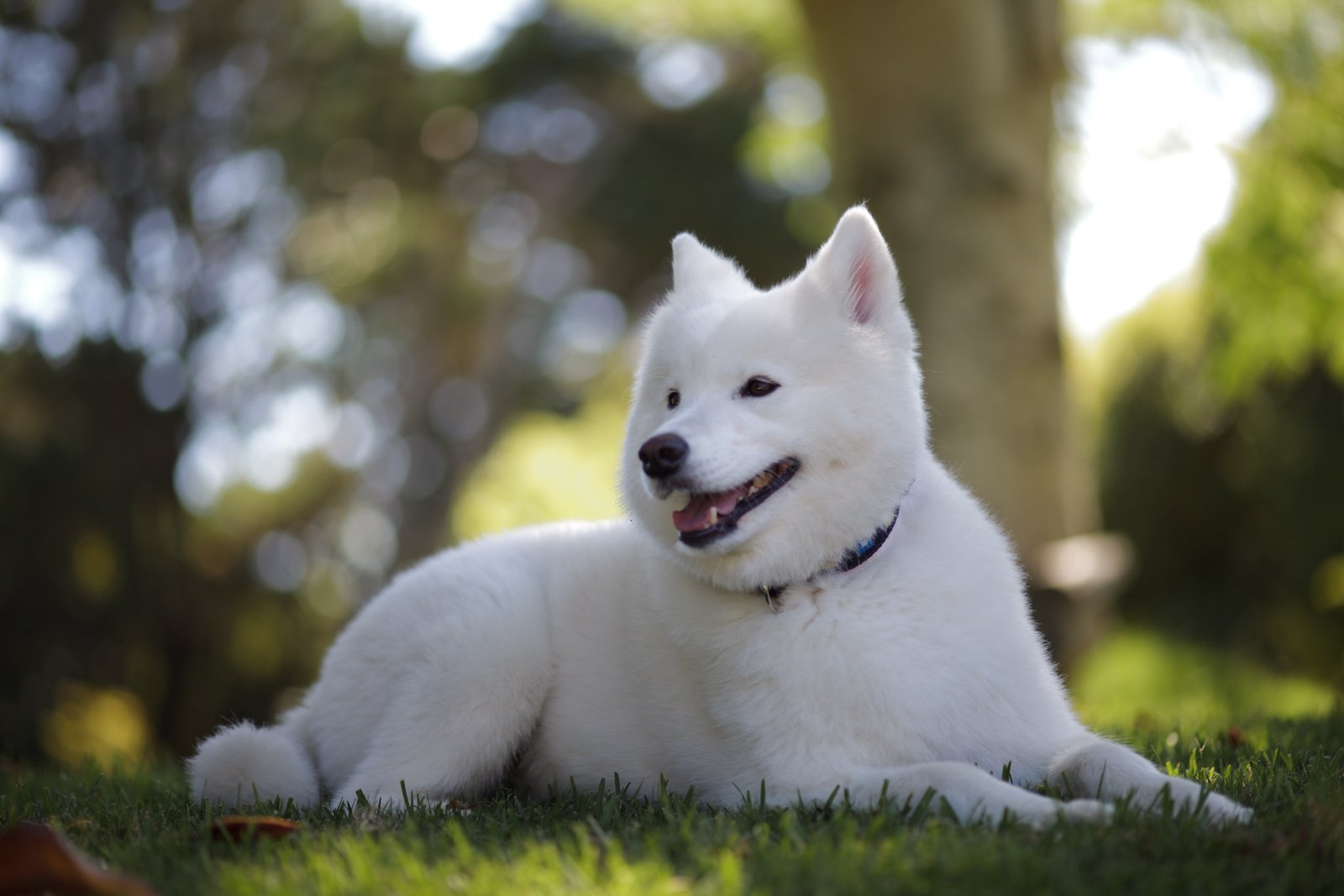
Everyone falls in love with that trademark Samoyed grin, but it’s not just for show. They have natural upturned corners of the mouth, which makes them look like they are always smiling, an adaptation to harsh, cold weather that prevents excessive drooling so that no icicles would form on the Samoyed’s face. Think about it – drool freezing into icicles around a dog’s mouth in sixty-below temperatures could be deadly.
This isn’t just a quirky feature; it’s evolution at work. The smile also serves another practical function in preventing heat loss through the mouth in extreme cold. It’s like nature designed the perfect cold-weather companion, complete with a built-in heating system and anti-freeze features.
Physical Characteristics That Define the Breed
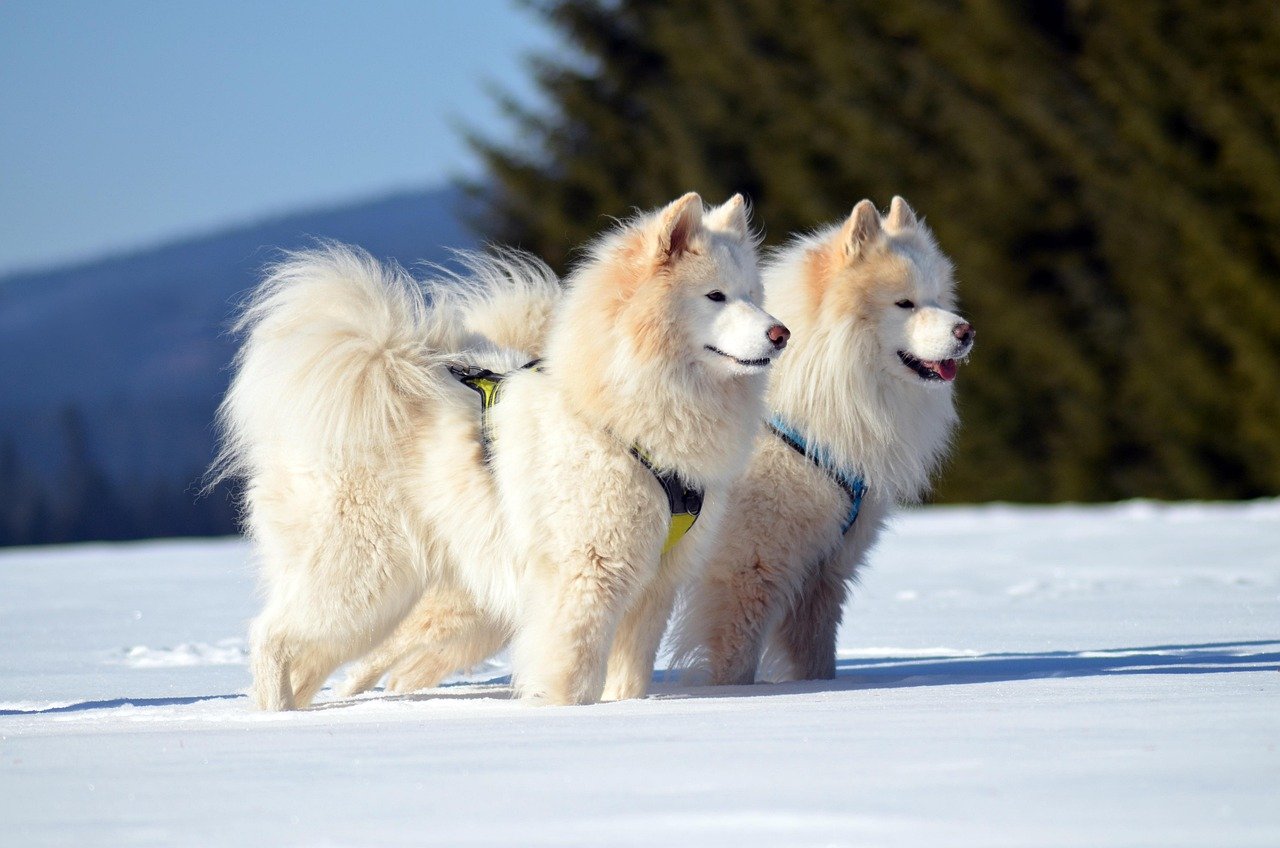
The Samoyed is a substantial but graceful dog standing anywhere from 19 to a bit over 23 inches at the shoulder, powerful and tireless, with a thick all-white coat impervious to cold. But here’s what most people don’t realize – that fluffy appearance is incredibly deceptive about their actual size and strength. The male Samoyed is 21 to 23.5 inches, while the female is 19 to 21 inches, with males weighing between 45 and 65 pounds and females weighing between 35 and 50 pounds.
The sparkling white coat is the glory of the Samoyed breed, a thick, harsh, straight coat with a very full undercoat, striking white though biscuit or cream coloration is allowed, standing out from the body giving a fluffy appearance. Their coat isn’t just beautiful – it’s a sophisticated two-layer system that kept their ancestors alive in brutal Arctic conditions.
Understanding Their Complex Temperament

They are inquisitive, quick-witted, and mischievous, remaining playful through old age, with a twinkle in their dark, intelligent eyes and their ever present “Samoyed smile,” quick to engage with people and other dogs. But here’s the catch – this playful nature comes with a strong independent streak. Because of their history as working and herding dogs, Samoyeds are clever, quick-witted, and even mischievous, adaptable dogs that can get along well with other dogs, cats, and children with the right socialization.
Don’t expect a pushover, though. By nature the Samoyed is not a quarrelsome dog though he will stand his ground for what he feels are his rights. They’re social butterflies who absolutely need human companionship. Samoyeds are not a breed suitable for solitary confinement in the back yard, and left without personal attention and canine companionship, a Samoyed is likely to become a miserable, destructive problem dog.
The Reality of Living with a Samoyed’s Energy
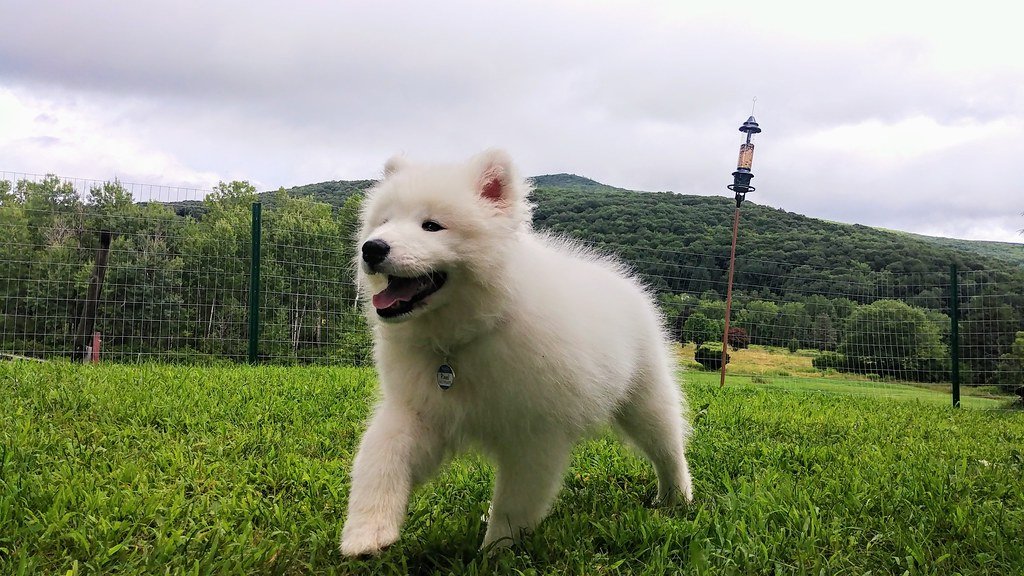
The Samoyed is an athletic working dog and does not tire easily, needing regular exercise (at least two hours a day!) and are very playful pups that love to be around people and other dogs. This isn’t a weekend warrior kind of exercise requirement – we’re talking about daily, substantial physical activity. Though they aren’t as high-energy as other working dog breeds, Samoyeds still require a fair amount of physical and mental stimulation to remain healthy and happy, with potential owners needing to commit to around 1.5 to 2 hours of exercise daily.
What happens when they don’t get enough exercise? Despite being hard workers, Samoyed dogs are extremely playful and need lots of exercise and mental stimulation to prevent boredom, and a bored Samoyed is bound to develop destructive behaviors like chewing and digging. Your beautifully landscaped yard might become their personal archaeological dig site.
Health Concerns Every Owner Must Know
Samoyeds have some health conditions that can be a concern, including hip dysplasia, progressive retinal atrophy (PRA) and autoimmune thyroiditis. The most serious concern is Samoyed Hereditary Glomerulopathy (SHG). SHG is a genetic kidney disorder often seen in Samoyeds that affects the glomerulus, which is the kidney filter, causing proteins from the blood to spill over into the urine and over time leading to kidney failure.
Hip dysplasia is another significant concern. Canine hip dysplasia is found in many medium to large-breed dogs, where the hip joint does not develop normally, causing excessive wear on the joint and cartilage, eventually leading to painful arthritis. The good news is that responsible breeding has made a difference. Conscientious Samoyed breeders have reduced hip dysplasia in screened Samoyeds from 13.21% through the 1980s to 7.22% between 2005 and 2010.
Training Challenges and Breakthroughs
Begin training your puppy as soon as you bring them home; Samoyeds are smart dogs that respond well to cues and learn quickly. Sounds easy, right? Well, there’s a twist. He’s an independent thinker and can be stubborn when it comes to training. This combination of intelligence and independence creates a unique training dynamic that many first-time Samoyed owners find surprising.
Train the Samoyed with firmness and consistency to overcome his tendency to be stubborn, using positive reinforcement techniques such as praise, play and food rewards for best results. The key is understanding that you’re not training a golden retriever who lives to please – you’re negotiating with a furry diplomat who has their own opinions about everything.
Socialization: More Critical Than You Think

Like every dog, the Samoyed needs early socialization — exposure to many different people, sights, sounds, and experiences — when young, and socialization helps ensure that your Samoyed puppy grows into a well-rounded dog. But here’s what makes Samoyed socialization unique: they’re naturally friendly, sometimes to a fault. Samoyed personality is social with much affection for people and children, open to everyone and even greet strangers warmly.
However, Samoyed temperament may be less accepting of other dogs and animals. This means socialization needs to focus heavily on appropriate dog-to-dog interactions and managing their herding instincts around smaller pets. Supervise your Samoyed when they’re around smaller animals like cats, rabbits, or neighborhood squirrels—they may try to herd these critters and even small children.
The Grooming Reality Check
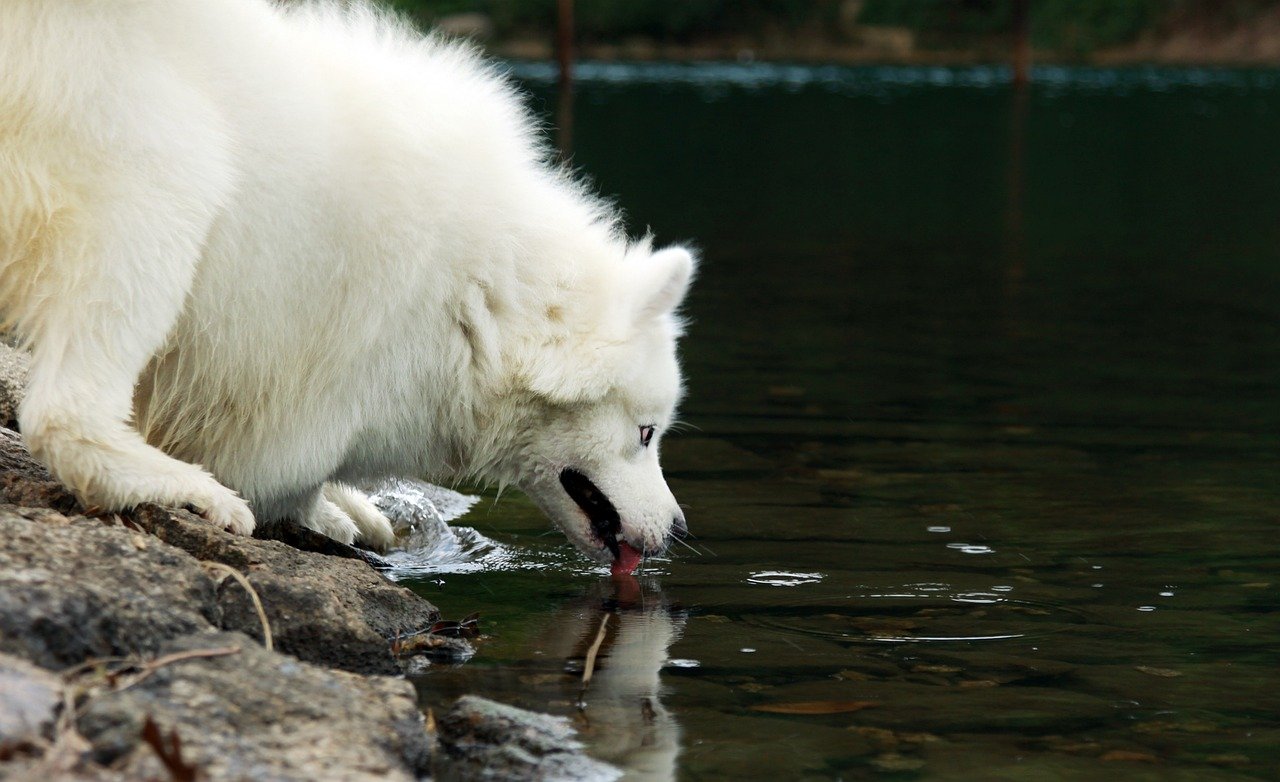
Samoyed dogs require daily brushing and do not do well in hot temperatures. Let me be brutally honest here – if you’re not prepared for a significant daily grooming commitment, a Samoyed isn’t for you. Samoyeds usually shed all the time, with shedding becoming extreme during the shedding season that occurs once or twice a year.
But here’s the interesting part: Their coat naturally repels dirt therefore frequent bathing is not necessary, and because of its low dander content, the Samoyed doesn’t have the doggy odor prevalent in most other breeds and may be less likely to cause allergies. Still, brush the Samoyed’s thick double coat two or three times a week to prevent or remove mats and tangles, and expect to brush it daily when he’s shedding.
Climate Considerations You Can’t Ignore
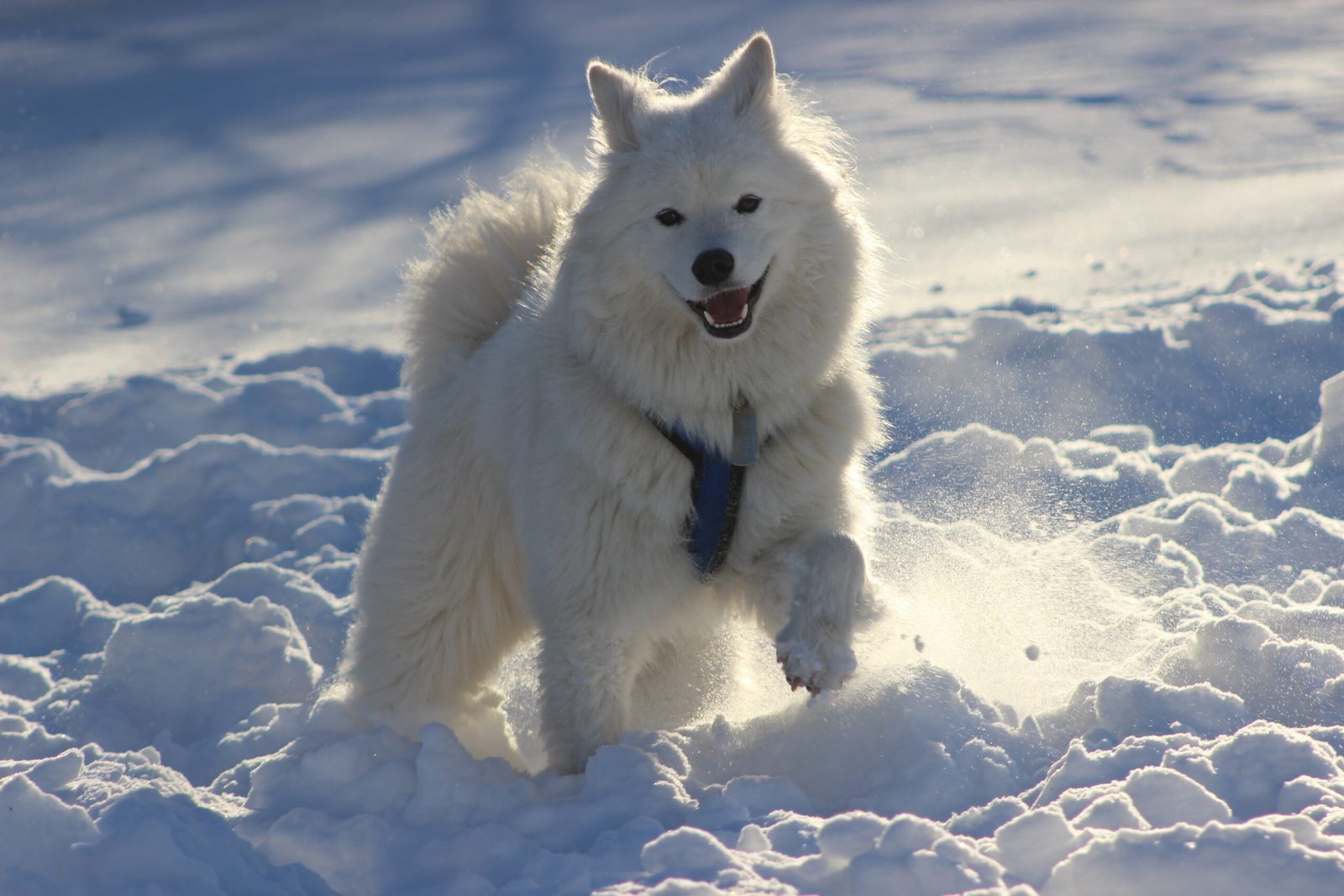
Pet parents should be aware that a Samoyed can develop heatstroke in hot weather and monitor their dog for signs of overheating, though Samoyeds thrive in colder climates and love running through the snow. This isn’t just a preference – it’s a biological reality. They may be predisposed to several health conditions affecting the eyes, heart, hips, and kidneys, and they are extremely sensitive to warmer temperatures, so it’s easy for them to develop heatstroke if they live in temperate climate zones.
If you live in a hot climate, you’ll need to completely restructure your daily routine around your dog’s heat sensitivity. Early morning and late evening activities become essential, and air conditioning isn’t a luxury – it’s a necessity for your dog’s health and survival.
Nutrition Needs and Special Considerations
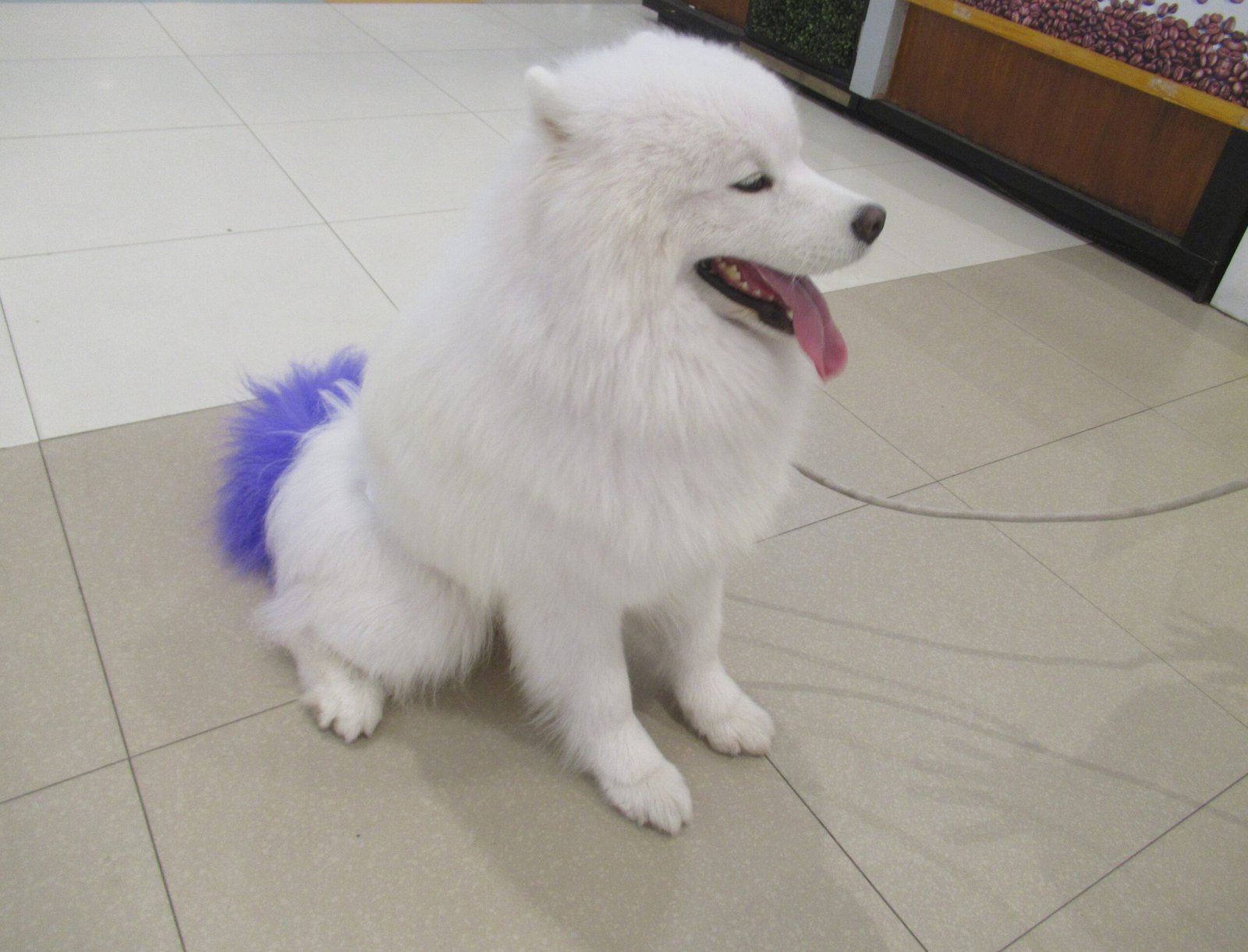
Samoyeds are another of the truly easy-to-keep breeds, thriving on fairly small amounts of top quality food, though too many treats or not enough exercise can easily lead to obesity. This efficiency is actually a double-edged sword – it’s easy to overfeed a Samoyed because their Arctic ancestry made them incredibly efficient at storing energy from food.
They can become overweight if their caloric intake is not properly monitored, and obesity can worsen arthritis or hip dysplasia, so it is ideal for your pet to maintain a healthy weight. Think of feeding a Samoyed like fueling a high-performance vehicle – quality matters more than quantity, and the wrong fuel can cause serious problems.
Creating the Ideal Samoyed Environment

Samoyeds are happiest when they’re alongside their favorite humans, so they should always be involved in all the goings on in and around the home, and understimulated and bored Sammies can become destructive, so they do best in homes where they’re made to feel like part of the family unit. This isn’t about having a big yard – it’s about integration into family life.
It should go without saying that a people-loving dog like the Samoyed needs to live in the house, and it’s an unhappy Sammie who is relegated to the backyard with little or no human companionship. They’re not outdoor dogs who happen to live with humans – they’re family members who happen to have four legs and a tail.
Conclusion: Is a Samoyed Right for Your Life?
The Samoyed isn’t just a beautiful dog – they’re a lifestyle commitment wrapped in gorgeous white fur. If you’re bringing home a Samoyed puppy, know that they can live for 12–14 years, which means over a decade of daily grooming, substantial exercise requirements, and constant companionship needs. They’re not the dog for someone who wants a low-maintenance pet or who travels frequently for work.
But for the right family – one that understands the commitment, has the time for daily exercise and grooming, and wants a genuinely engaging canine companion – a Samoyed can be absolutely magical. Samoyeds are gentle, loving dogs that adore their owners and tend to be good with children and love to give and receive affection. Just remember: that perpetual smile comes with a price tag of responsibility that lasts well over a decade.
Are you ready to have a fluffy, intelligent, slightly stubborn arctic athlete as your shadow for the next dozen years? If you can honestly answer yes to daily grooming, substantial exercise needs, and constant companionship, then you might just have found your perfect four-legged family member.

Andrew Alpin from India is the Brand Manager of Doggo digest. Andrew is an experienced content specialist and social media manager with a passion for writing. His forte includes health and wellness, Travel, Animals, and Nature. A nature nomad, Andrew is obsessed with mountains and loves high-altitude trekking. He has been on several Himalayan treks in India including the Everest Base Camp in Nepal.





